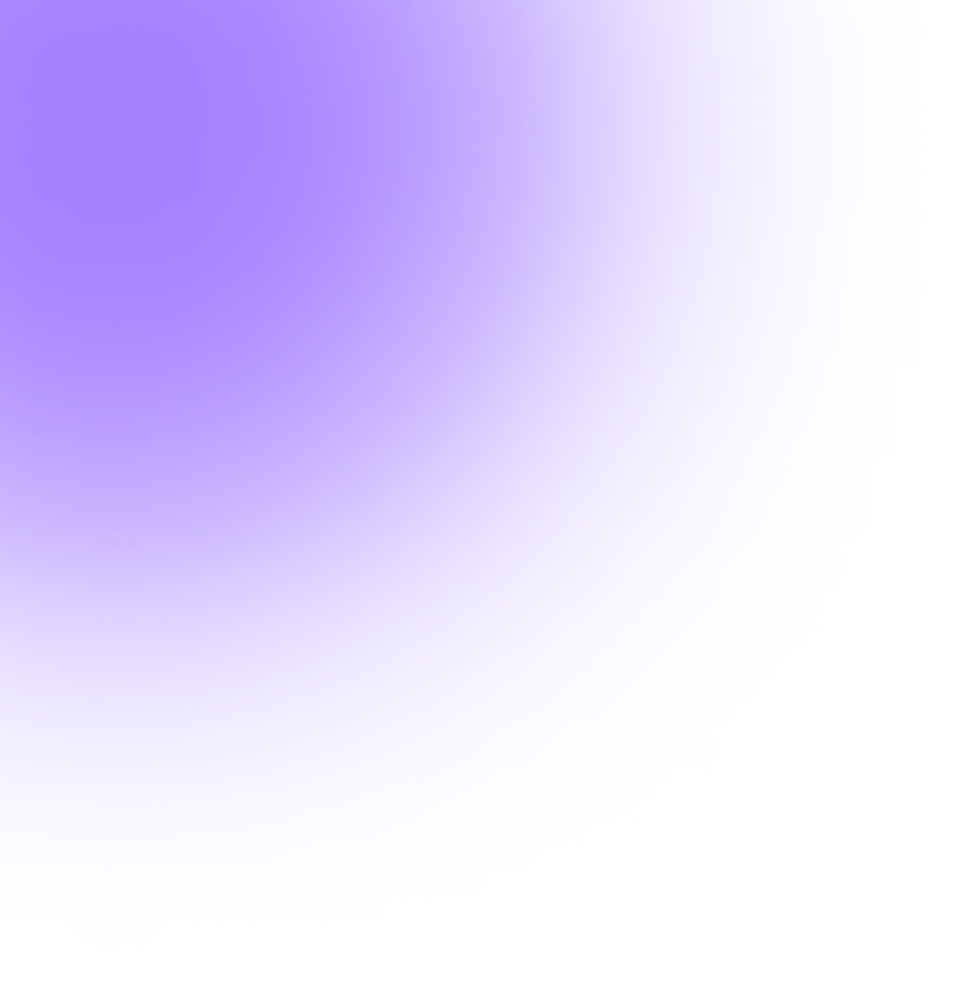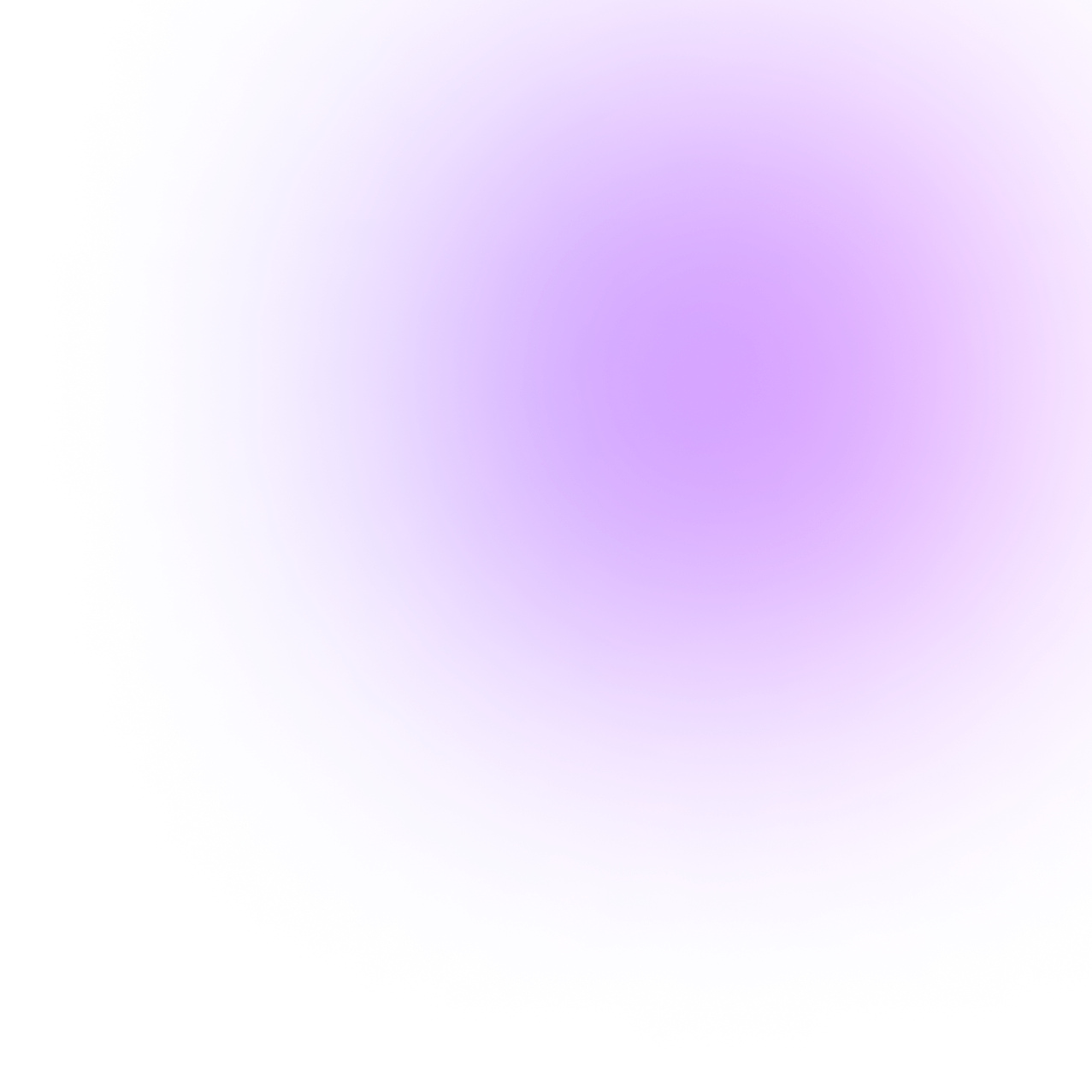




Unveiling the Artistry of Color Grading in Photography 📸🎨
From the raw and gritty aesthetics reminiscent of classic films to the unique atmospheric tones found in iconic photographs, color grading has been a transformative force in the realm of photography. Even in the days of black and white, diverse chemical treatments allowed photographers to impart distinct emotions to their images. Today, with advanced tools at our disposal, color grading empowers photographers with unprecedented control over the visual narrative.
🌈 Evolution of Color Grading in Photography
Steeped in history, the evolution of color grading has been profound. In the realm of photography, it began with chemical processes to evoke different atmospheres. Fast forward to the 1960s, and the Italian Giallo genre brought its influence, introducing bright and flamboyant colors that added a surreal touch to photographic storytelling.
📸 Stages of Color Work in Photography
Understanding the key stages of color work is paramount for photographers:
- Color Correction: This foundational step harmonizes the image to have a neutral base. Adjustments to white balance, exposure, and tonality ensure a consistent and balanced atmosphere.
- Color Grading: The creative phase where photographers add character and atmosphere to their images using tools like curves, masks, LUTs and color adjustments. Effects like grain and glow enhance the visual allure.
🌐 Color Spaces in Photography
Photographers operate within specific color spaces, with Rec. 709 being a common standard. Evolving standards like Rec. 2020 and Rec. 2100 offer expanded color palettes, especially crucial for capturing the nuances of high dynamic range (HDR) images. Individual camera manufacturers also provide their optimized color spaces for enhanced creative control.
🎨 Choosing the Right Image Format for Photography
Selecting the right format for capturing images is a strategic choice for photographers:
- Rec. 709: Standard and immediately usable, but with limitations for advanced color grading.
- RAW: Captures maximum sensor information, providing photographers with rich, detailed images. However, it demands larger file sizes and a more intricate workflow.
- Log: Striking a balance between RAW and Rec. 709, Log format offers rich information without the complexities associated with RAW files.
🌈 Aces Workflow for Photographers
The ACES (Academy Color Encoding System) workflow empowers photographers to work on original image files without immediately conforming to a specific color space. This flexibility is particularly advantageous for projects intended for various platforms and standards.
🖌️ Importance of LUTs (Look-Up Tables) in Photography
LUTs play a pivotal role in color grading for photographers, facilitating color space conversions and providing creative looks. While immensely useful, photographers must exercise caution to avoid overuse, ensuring the preservation of the original essence of their images.
📸 Mastering Color Grading in Photography: Practical Insights
Practical insights into color correction and color grading for photographers involve understanding and utilizing different curves like RGB, Hue vs. Saturation, Sat vs. Luma, Luma vs. Sat, and Hue vs. Hue. These curves offer nuanced adjustments, allowing photographers to fine-tune brightness, contrast, saturation, and hue in their images, Camera Raw as its advantage in color grading and correction and some other application like capture One also does magic.
🚀 Conclusion: Elevating Photographic Expression through Color Grading
Color grading 🌈 is a dynamic and essential aspect of photographic storytelling, enabling photographers to evoke emotions, set tones, and enhance the visual narrative. Armed with the right tools, a grasp of color spaces, and a creative mindset, photographers can unleash the full potential of color grading in their visual journeys. 📸🎨